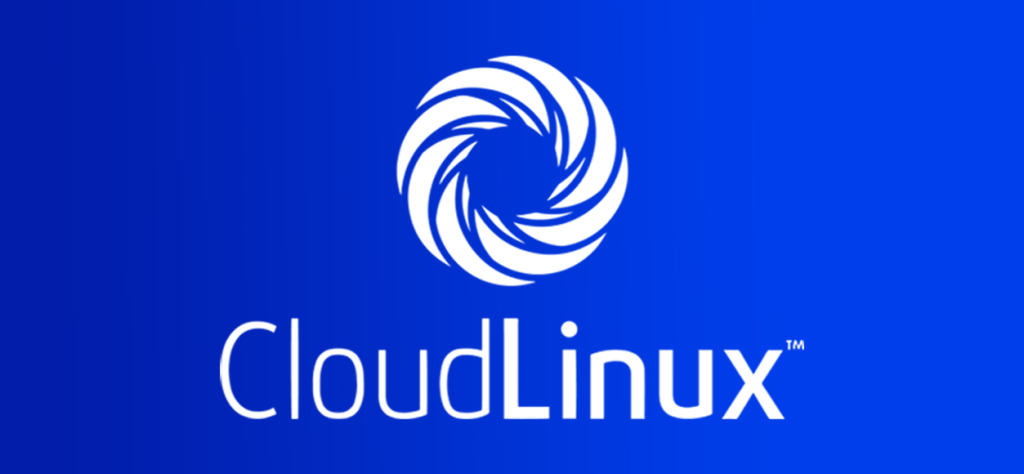
Table of Contents
What is CloudLinux OS ?

CloudLinux OS is a specialized operating system designed for web hosting providers. It is based on the CentOS distribution and offers several features specifically tailored to enhance server stability, security, and performance in shared hosting environments.
Key Features of CloudLinux OS:
- LVE (Lightweight Virtual Environment):
- LVE is a key component that isolates each user on the server, limiting the resources (CPU, memory, IO, etc.) they can consume. This ensures that no single user can overload the server, thus improving stability and performance for all users.
2. CageFS:
- CageFS is a virtualized file system that encapsulates each user in their own private environment. It prevents users from seeing each other’s data or system files, enhancing security by reducing the risk of attacks.
3.MySQL Governor:
- This tool helps manage MySQL resource usage, preventing a single user’s database queries from slowing down the entire server.
4.PHP Selector:
- PHP Selector allows users to choose the PHP version they want to run for their specific website or application, providing flexibility and compatibility with different software requirements.
5.KernelCare:
- KernelCare provides live kernel patching, allowing security patches to be applied without rebooting the server, reducing downtime.
6.Resource Limits:
- CloudLinux OS allows administrators to set and enforce resource limits on a per-user or per-package basis, such as CPU, memory, and disk I/O limits.
7.Enhanced Security:
- The OS includes several security enhancements, such as secure links between processes, hardened PHP, and more to protect against common vulnerabilities.
Importance of CloudLinux OS
CloudLinux OS plays a crucial role in the web hosting industry, particularly for shared hosting environments. Its importance stems from the specific challenges associated with hosting multiple websites or applications on a single server, where resource allocation, security, and stability are paramount. Here are the key reasons why CloudLinux OS is important:
1. Enhanced Server Stability:
- Resource Isolation: CloudLinux OS uses Lightweight Virtual Environments (LVE) to allocate and isolate CPU, memory, and disk I/O resources for each user. This prevents a single user from consuming excessive resources and affecting the performance of others, ensuring consistent server performance.
- Minimized Downtime: By isolating processes and resources, CloudLinux OS reduces the risk of server crashes caused by resource-hungry users, leading to more reliable hosting services.
2. Improved Security:
- CageFS: This feature creates a virtualized file system for each user, isolating them from other users and the server’s critical files. This isolation prevents users from accessing each other’s data and reduces the risk of privilege escalation attacks.
- Hardened PHP: CloudLinux OS enhances PHP security by allowing administrators to disable potentially dangerous PHP functions and enforce stricter controls, reducing vulnerabilities.
- KernelCare: Live kernel patching provided by KernelCare allows security updates to be applied without rebooting the server, minimizing vulnerabilities and ensuring continuous protection.
3. Optimized Resource Management:
- Resource Limits: CloudLinux OS allows hosting providers to set precise limits on the resources each user can consume. This prevents any single account from monopolizing server resources, which is crucial for maintaining a balanced environment in shared hosting.
- MySQL Governor: By monitoring and managing MySQL resource usage, CloudLinux OS ensures that database queries do not overwhelm the server, maintaining smooth operation even during peak usage times.
4. Customization and Flexibility:
- PHP Selector: Users can choose their preferred PHP version for their specific applications or websites, allowing for greater compatibility and reducing the need for costly software rewrites.
- Customizable Limits: Hosting providers can tailor resource limits based on different hosting packages, offering more flexible pricing and service options to customers.
5. Cost Efficiency:
- Optimized Use of Resources: By preventing resource abuse and ensuring efficient resource usage, CloudLinux OS helps hosting providers maximize their server capacity, leading to cost savings and the ability to serve more customers on the same hardware.
- Reduced Support Costs: With fewer server issues and more stable environments, hosting providers experience fewer support tickets and can operate with lower overhead.
6. Better User Experience:
- Consistent Performance: End-users experience more consistent website performance, leading to higher satisfaction and fewer complaints about slow or unresponsive sites.
- Higher Uptime: CloudLinux OS’s features reduce the risk of server downtime, which is critical for businesses relying on their websites for revenue and customer engagement.
7. Compliance and Security Standards:
- Security Enhancements: CloudLinux OS meets the security demands of industries that require stringent data protection measures, making it easier for hosting providers to comply with regulatory standards such as GDPR.
Advantages of CloudLinux OS:
- Enhanced Stability:
- Resource Isolation: By isolating each user’s resources through Lightweight Virtual Environments (LVE), CloudLinux OS prevents any single user from consuming excessive CPU, memory, or disk I/O, ensuring stable performance across all accounts.
2. Improved Security:
- CageFS: The virtualized file system isolates users, preventing them from accessing each other’s files and reducing the risk of security breaches.
- Hardened PHP: It offers enhanced PHP security by disabling risky functions and enforcing stricter controls.
3.Better Resource Management:
- MySQL Governor: This feature manages MySQL resource usage, preventing heavy queries from affecting server performance.
- Resource Limits: Administrators can set precise resource limits for CPU, memory, and disk I/O, optimizing server performance and preventing abuse.
4.Customization and Flexibility:
- PHP Selector: Users can choose their preferred PHP version, ensuring compatibility with various applications and scripts.
- Customizable Limits: Hosting providers can tailor resource limits for different packages, offering flexibility in service offerings.
5.Cost Efficiency:
- Maximized Server Capacity: By preventing resource abuse and optimizing usage, CloudLinux OS allows hosting providers to serve more customers on the same hardware.
- Reduced Support Costs: Fewer server issues translate to lower support costs, improving overall efficiency.
6.Live Kernel Patching:
- KernelCare: This feature allows security updates to be applied without rebooting the server, minimizing downtime and maintaining continuous protection.
7.Improved User Experience:
- Consistent Performance: End-users benefit from more consistent website performance, leading to higher satisfaction and fewer complaints.
Disadvantages of CloudLinux OS:
- Additional Cost:
- Licensing Fees: CloudLinux OS is a commercial product, meaning hosting providers must pay licensing fees, which can add to operational costs.
2.Learning Curve:
- Complex Management: For administrators unfamiliar with CloudLinux OS, there may be a learning curve to fully understand and utilize its features effectively.
3.Limited to Linux:
- Linux-Based: CloudLinux OS is based on CentOS/AlmaLinux/RHEL, so it is not suitable for those who need or prefer a Windows-based hosting environment.
4.Potential Overhead:
- Resource Overhead: While it optimizes resource usage, the additional features and isolation mechanisms can introduce a small amount of overhead, potentially impacting performance on underpowered servers.
5.Dependency on Hosting Environment:
- Shared Hosting Focus: CloudLinux OS is specifically designed for shared hosting environments. It might not be as beneficial for VPS or dedicated server environments where resource contention is less of an issue.
6.Vendor Lock-In:
- Tied to CloudLinux Ecosystem: Once integrated, moving away from CloudLinux OS might require significant effort, leading to a degree of vendor lock-in.
7.Compatibility Issues:
- Software Compatibility: Some custom or legacy applications might encounter compatibility issues with the security and resource management features of CloudLinux OS, requiring adjustments or workarounds.
Overall, while CloudLinux OS offers substantial benefits, particularly in shared hosting environments, best suitable for vps hosting and dedicated hosting, when you host multiple websites. it also comes with some trade-offs that hosting providers need to consider based on their specific needs and infrastructure.
